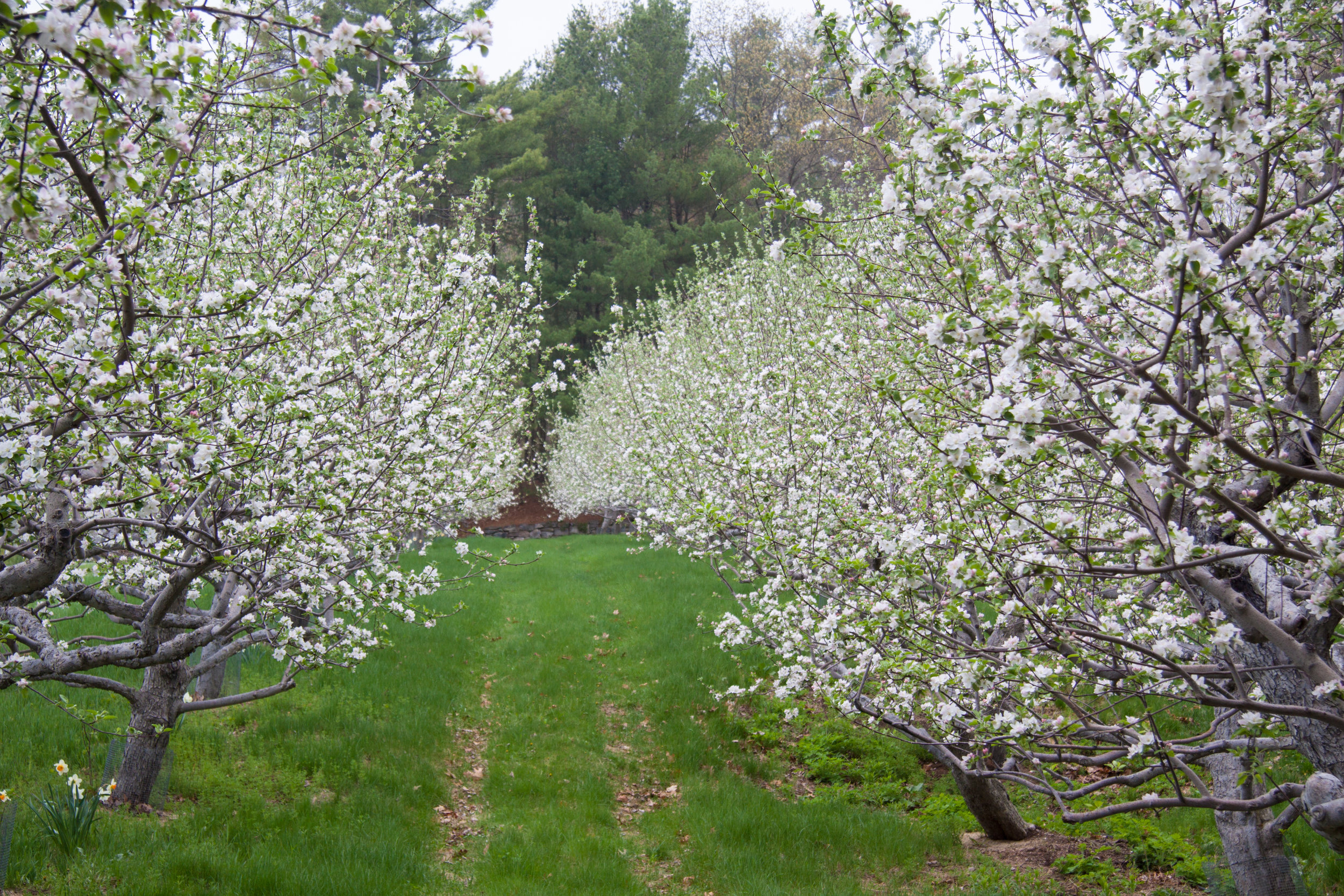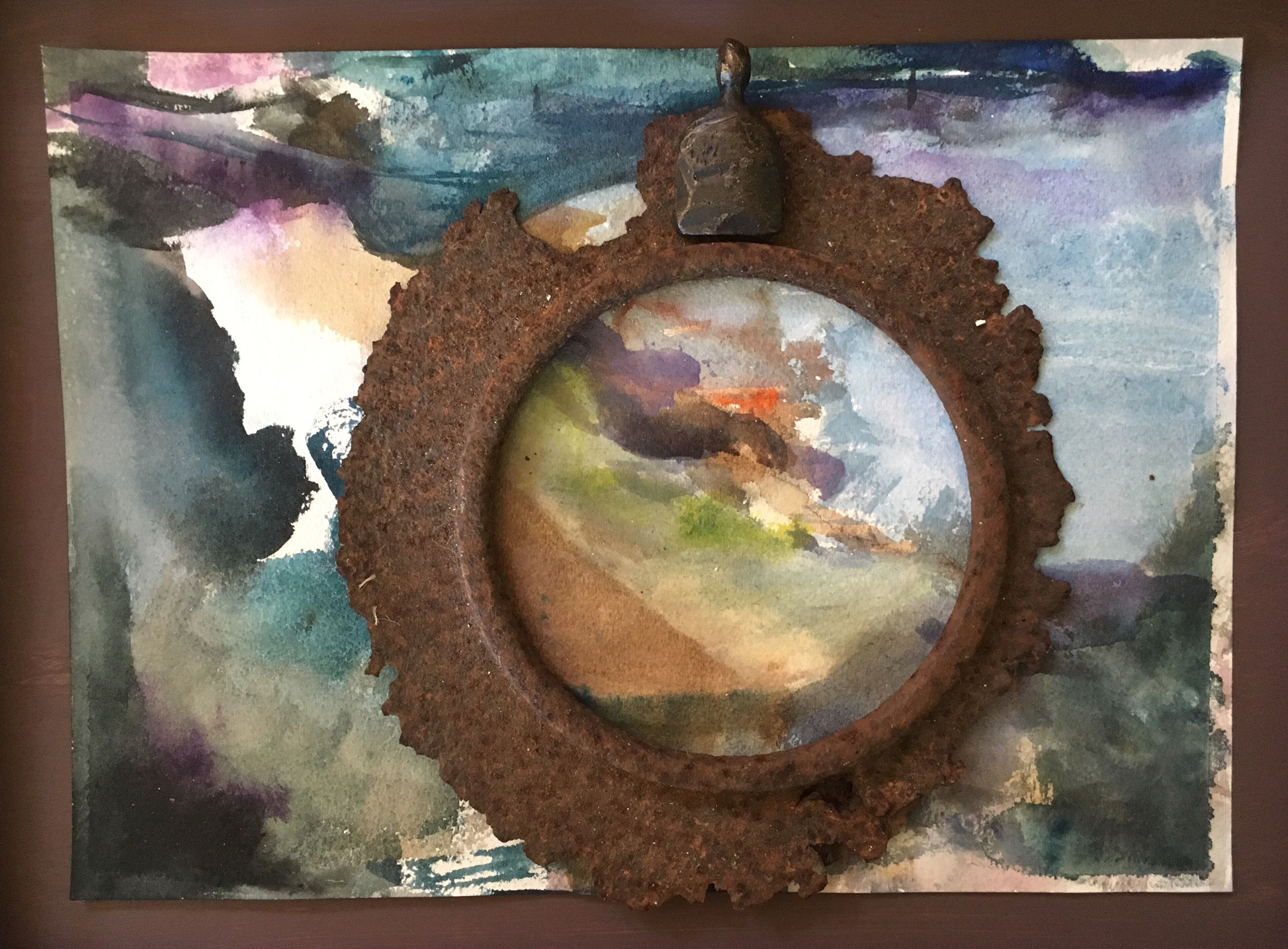Raspberries, butternut squash, and tomatoes have taken over my Saturday mornings when I would normally write the blog for Sunday. I know how to juggle three balls from my days as a professional mime, but throw in a little art, add some poetry, and the juggling gets even more thrilling.
Our Outdoor Sculpture Exhibit, Around the Pond and through the Woods on the theme of REFUGE continues Thursdays through Sundays, 11 - 4 pm.
Refuge Within, Liz Fletcher: Photo Robert Hesse
Walt Whitman visits the farm on Saturday, September 19th at 2 pm.
We will be hosting a visit from the towering Walt Whitman. If you’ve never seen Stephen Collins’ portrayal of the young, questioning Whitman, as well as the aging brilliant raconteur of love and longing, this is a rare opportunity to enjoy it en plein air. Stephen will be performing in front of the pond near my studio. Flinging Whitman’s words to the open sky makes Whitman’s poetry soar. I imagine even the kingfishers will pause to listen. Seating is limited so RSVP to reserve your seat. Tickets: $15.
Live Plein Air Poetry on Sunday afternoon, September 20th at 3 pm.
Join 26 poets sharing the poems they have written for Refuge, our online chapbook of site-specific poetry, inspired by the fields, pond, garden, trees, and creatures who live at the farm. The Zoom event will feature photographs by Brent Mathison who traced the paths of the poets and captured the glow of their words. Lynn Horsky designed the elegant chapbook. Poetry Editor Susan Edwards Richmond will be our host. You can join the livestream of this event beginning at 3 pm Sunday, at facebook.com/OldFrogPondFarm and download the chapbook at at: penandanvil.com/hw/chapbooks. There will be an opportunity to order a digital print copy as well.
On Saturday, September 26th we celebrate Bolton Harvard Open Studios from 10—4 pm.
When the farm season ends, I look forward to returning to more intimate blog post writing. Meanwhile, I hope you are keeping all your balls in the air!
Linda Hoffman, A Mudhead Mime, 1975








